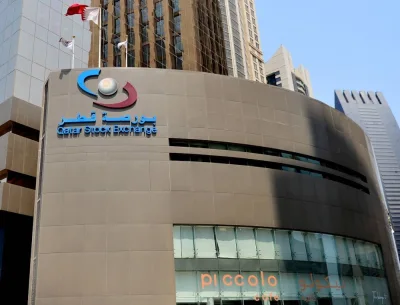Brexit, trade wars, Italy’s fight with the European Union, renewed US sanctions on Iran, a Chinese debt bomb, jittery stock markets, intermittent capital flight from emerging markets, and more.
The global economy may still be locked in the worst crisis since the financial crisis, but there are green shoots of hope that the current slowdown will prove short-lived.
Led by the US Federal Reserve, many central banks have either held back on tightening monetary policy or introduced fresh stimulus, soothing investor fears of a slowdown.
Fed chairman Jerome Powell says he and colleagues will be patient on raising interest rates again, while European Central Bank president Mario Draghi has ruled out doing so this year and unveiled a new batch of cheap loans for banks.
Authorities in Australia, Canada and the UK are among those to have adopted a wait-and-see approach. China, at its National People’s Congress, signalled a willingness to ease monetary and fiscal policies to support expansion.
After touching a 2 1/2-year low in December, the Bloomberg US Financial Conditions Index, which measures the overall level of financial stress in money, bond and equity markets, has since rebounded.
There’s also been a rebound in stocks this year. The S&P 500 has gained almost 20% from its December low, while the Shanghai Composite is up about 22%.
An easing in US dollar strength versus 2018 has also given relief to emerging markets, taking some pressure off policymakers to guard against capital flight.
For the Goldman economists, euro-area growth is set to pick up to an annualised pace of 1.4% in the second half of the year, having recently stabilised at around 1%. While indicators may not point to stronger momentum yet, a boost is likely to come from easier fiscal policy, lower oil prices and stronger wage growth.
Citigroup’s surprise index for the euro area has rebounded to its best reading in almost five months. In China, a measure of new orders in the manufacturing Purchasing Managers Index improved last month.
IHS Markit’s indicator of global growth rose in February from a 28-month low and, encouragingly, there was an improvement in the gauge of demand. Its measure of worldwide services also picked up in February for the first time in three months.
US President Donald Trump decided against imposing another round of tariffs on China on March 1 and there are signs that he and Chinese President Xi Jinping may soon be able to strike a trade deal.
A model designed by the Institute of International Finance to track US trade in real time showed signs of stabilising from early this year.
The International Monetary Fund is still predicting global growth of 3.7% this year and 3.5% in 2019, a pretty good clip for this stage of the expansion.
As 2018 drew to a close, there were signs the peak had already passed for the global economy. But a slower-than-expected pace of rate hikes by the Fed, soothing of political tensions over Brexit and breakthroughs in the trade war as well as Italy’s debt crisis could provide further support to boost sentiments.

viewpoint


